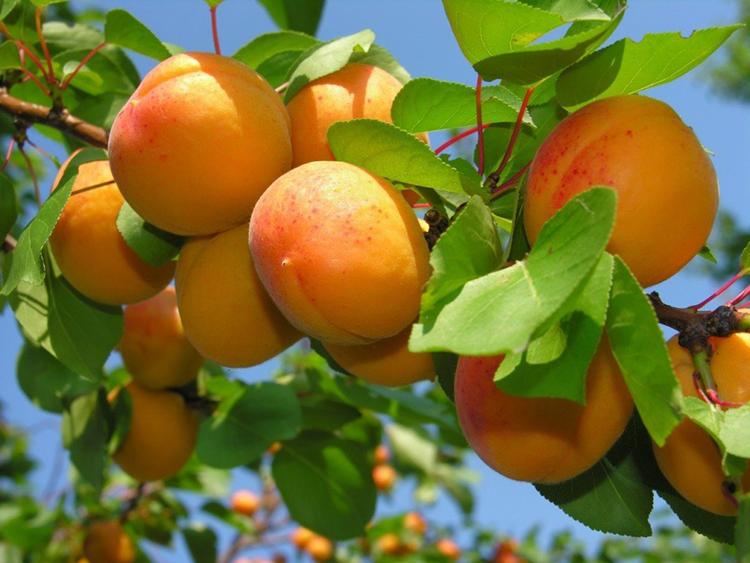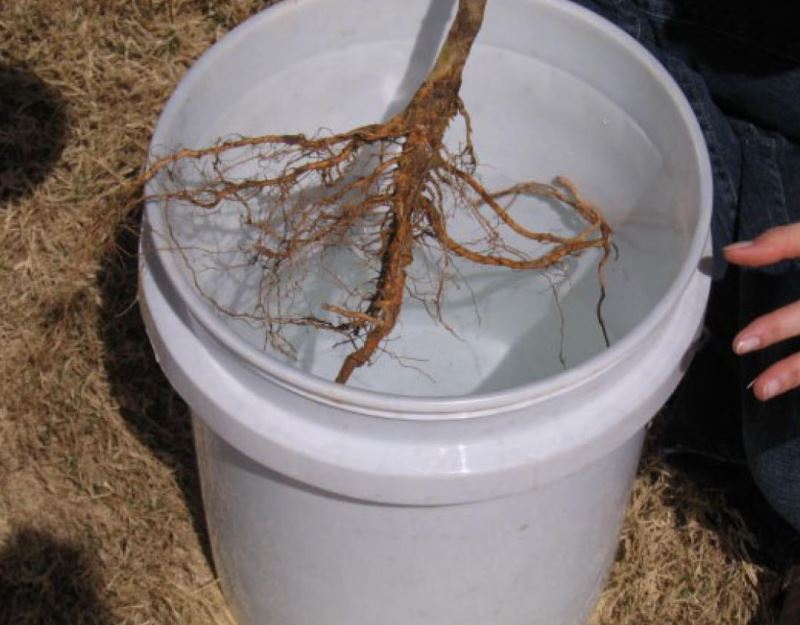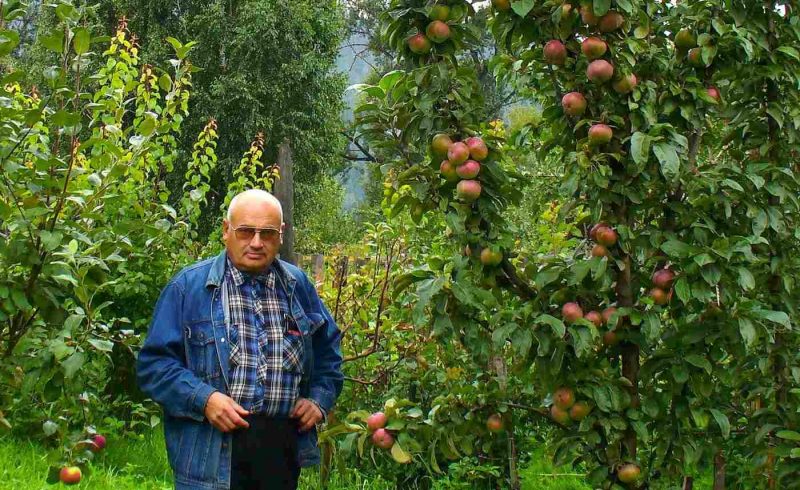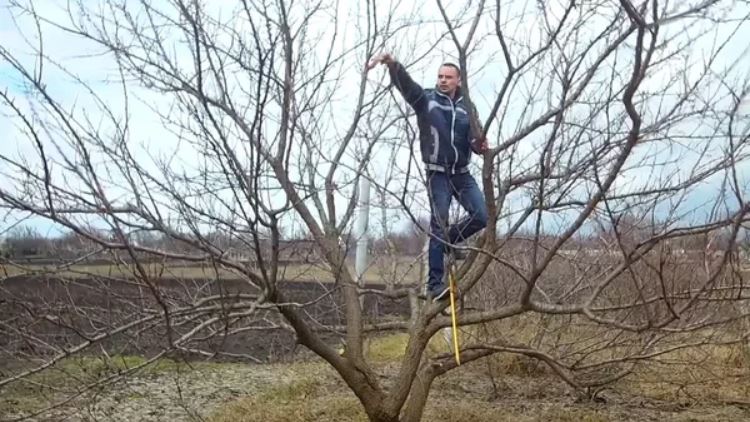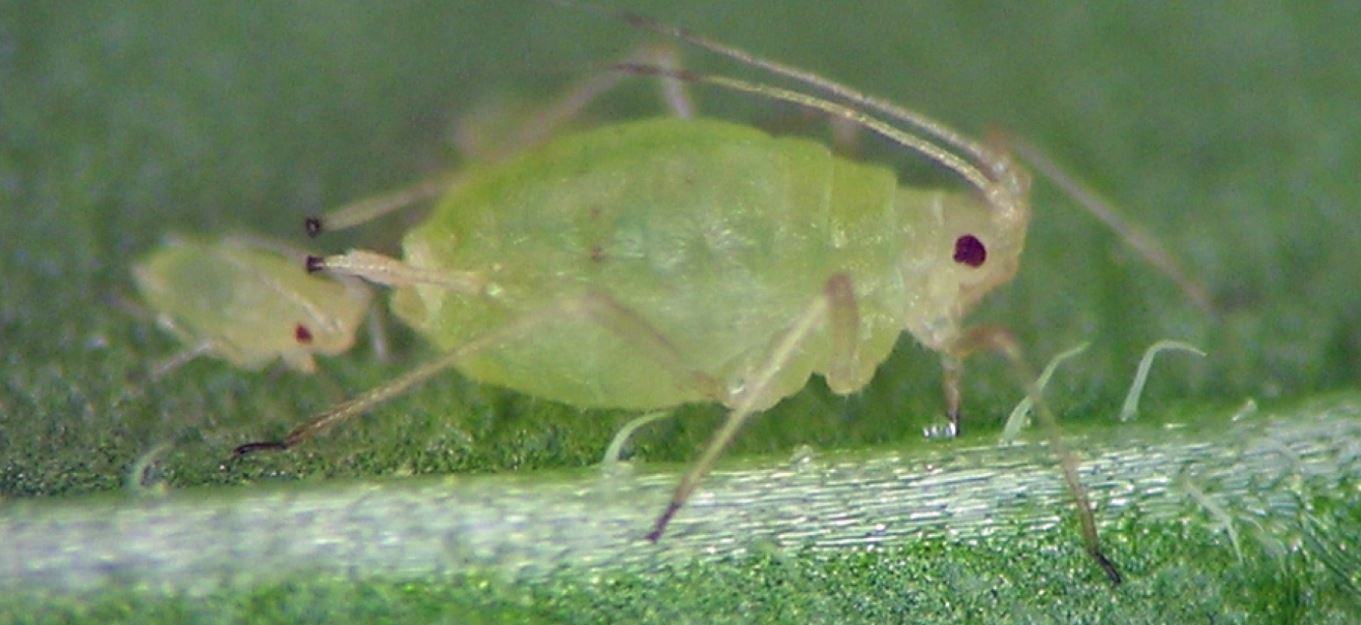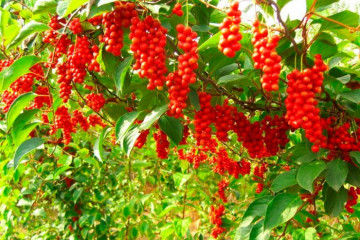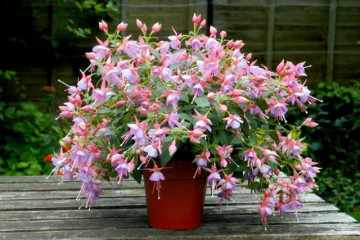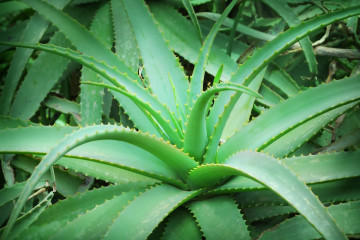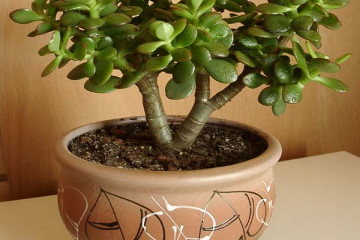How to plant an apricot and properly care for it
Content:
- Optimal planting times
- Planting tips for different regions
- Planting scheme and preliminary preparation of the planting pit
- Preparation and selection of planting material
- Site and soil selection
- Planting process
- Features of growing according to Zhelezov's method
- Care after landing
- Diseases and pests
- Possible mistakes
Thanks to the many years of work of breeders, it has become possible to cultivate apricots not only in the southern regions, but also in the northern ones. People who seriously decide to grow such a plant should carefully figure out how to plant an apricot and how to care for it after that.
Optimal planting times
First you need to figure out the timing of planting apricot seedlings. Some believe that it is necessary to plant it in open ground in the fall, since during this period the plant only grows roots and the seedling does not start growing.
In this case, the planting of apricots should be carried out in early autumn, before the night frosts begin. It is best to plant from the second half of September to the end of October.
Novice and experienced gardeners prefer to plant apricots in the soil in the spring. The fact is that in stone fruits the growing season begins early and therefore, in the fall, not everyone has time to plant seedlings while they are in the "dormant stage". Gardeners who did not have time to plant everything before the frost have to postpone planting until the beginning of spring.
Spring planting has a number of advantages:
- After planting in the spring, the gardener has the opportunity to take care of the apricot. This allows you to respond in a timely manner to factors that hinder the good growth and development of the planted tree.
- In the spring, the soil is well moistened. Thanks to this, the survival rate of the tree improves, and it adapts many times faster to new conditions.
- Spring planting people have time to prepare the site in advance. Preparation is carried out at the end of winter so that the planting pit has time to settle by the spring.
Planting tips for different regions
Before you start planting and caring for an apricot, you need to figure out the nuances of work in regions with different climatic conditions. The climate largely influences the timing of planting operations:
- Southern regions. In this region, planting can be done from early spring. Many gardeners do this in mid-March and early April.
- Middle Strip (Moscow region). Gardeners who live in the Moscow region can plant stone fruit in the middle or late spring.
- Siberia and the Urals. Many are interested in when to plant apricots in the Urals and Siberia. You need to do this no earlier than the second half of May. Plants cannot be planted too early in this region, as they will not be able to quickly set up.
Planting scheme and preliminary preparation of the planting pit
Before planting an apricot tree, you must familiarize yourself with the planting scheme in open ground.To grow healthy trees that will bear fruit well, you need to plant them in a checkerboard pattern. The distance between them should be at least four meters, since the plant has spreading branches.
The preparation of the planting pit in which the apricot will be planted should be done one and a half weeks before planting. It should be 60-65 centimeters wide and 70-75 centimeters deep. During the preparation of the pit, the following step-by-step instructions must be observed:
- Bottom preparation. At the bottom of the pit, it is necessary to make a drainage cushion, consisting of crushed bricks, gravel and rubble. Such drainage will protect young seedlings from excess moisture.
- Laying the soil layer. A layer of soil must be poured over the drainage pad. Moreover, it should not only consist of earth. It should include superphosphate, wood ash, mullein and humus.
- Backfilling with soil. From above, everything needs to be covered with moistened garden soil.
Preparation and selection of planting material
Every gardener, before planting an apricot, must select planting material. When choosing a seedling for further cultivation in the country, the following factors must be taken into account:
- A pronounced vaccination site should be visible on the trunk. Its presence indicates that the tree belongs to a certain variety and in the future with its help it will be possible to get a fleshy and juicy harvest.
- For cultivation in the open field, it is necessary to choose seedlings at least two years old. Such plants will very quickly adapt to new conditions.
- It is necessary to pay attention to how the apricot seedling looks like. There should be no cracks or other visible damage on its surface. The main trunk should be tight and sturdy.
- It is necessary to select seedlings with a height of one and a half meters for planting. Any deviations in height to a lower or higher side indicate that the tree was not properly looked after.
Correctly selected seedlings do not need preliminary preparation. The only thing that can be done is to soak them in warm water a few days before transplanting them into the ground.
Site and soil selection
For growing apricots and caring for them, you need to choose a suitable place on the site. When choosing, it is necessary to take into account the plants that will be nearby. Undesirable neighbors include:
- currants;
- pear;
- peaches;
- apple trees;
- raspberries.
All of these plants can grow in width and negatively affect the flowering and fruiting of apricot trees.
The chosen landing site must meet the following requirements:
- good lighting, as apricot trees love light;
- protection from strong windy gusts;
- lack of high humidity.
When choosing a site, you need to pay attention to its soil. Apricots thrive in light loams and unconsolidated chernozem. The soil in which the tree will be grown should be slightly alkaline, loose and crumbly. Compacted soil for stone fruits is completely unsuitable.
If the soil on the site is not suitable, several components can be added to it:
- mix mineral dressings mixed with clay to increase fertility;
- add a little sand to make the soil loose;
- mix the soil with organic fertilizers to improve tree growth.
Planting process
Every gardener should know how to plant apricots correctly.Therefore, it is necessary to familiarize yourself with the step-by-step instructions in advance, with the help of which it will be possible to correctly place the seedlings. The disembarkation process consists of several sequential stages:
- Preparation of seedlings. It is necessary to prepare a mixture of clay and manure a day before planting. The clay consistency should resemble sour cream. The roots of the tree are dipped into the chatterbox and left there for 1-2 hours.
- Well preparation. The planting hole must be covered with soil, after which a hole is made in it. Its size should correspond to the size of the root system.
- Landing. The tree must be placed in the dug hole. In this case, it must be planted in such a way that the root collar is at a distance of 5-7 centimeters from the soil surface. The planted tree must be sprinkled with soil and compacted a little. After that, a small edge with a height of 7-8 centimeters is constructed around the landing pit.
- Garter. The apricot must be tied to a support immediately so that it is fixed in an even position.
Features of growing according to Zhelezov's method
Many people who grow fruit trees use the works of the famous Siberian gardener V. K. Zhelezov. He developed an effective guide to growing trees in Siberia and in other regions with unfavorable climatic conditions.
In his works, he identified several important rules that every gardener should know:
- The best seedlings can only be obtained from local varieties. Therefore, varieties for the Moscow region or southern regions are not suitable for cultivation in Siberia.
- Saplings, which were obtained from unprepared and not germinated seeds, grow and bear fruit at times worse.
- To use the planting material more economically, it is necessary to engage in artificial stratification in advance.
- Apricot pits should be immediately planted in a permanent place without additional replanting.
- During planting, the seeds should be covered with soil no more than one centimeter. This will reduce the likelihood of future root rot.
Care after landing
The gardener should not only know how to plant, but also how to care for the apricot. There are several useful recommendations that will help you get a good harvest.
Shaping and pruning
You need to prune the tree annually. In the first year after planting, the plant is shortened by one quarter. After 10-12 months, skeletal branches are formed. To do this, the two most powerful shoots are left on the tree, and the rest are removed. The central stem is also shortened by 5-10 centimeters.
Watering
In order for the planted tree to take root better, you need to monitor the moisture level of the soil. In the spring and autumn, watering is carried out infrequently - twice a month. At the end of June and in July, when droughts begin, watering should be done more often. The soil should not be allowed to dry out, as this will negatively affect the growth of the tree and further fruiting.
Fertilizer addition
It is necessary to feed apricots from mid-April. In the spring, the plant needs nitrogen fertilizers. Therefore, more saltpeter, urea, manure and droppings are added to the soil.
Re-feeding is carried out in the summer, before the formation of fruits. Phosphorus and potash mixtures are added first. At the end of summer, organic fertilizing is used.
Diseases and pests
Apricots, like most other fruit trees, sometimes get sick and attacked by pests.Among the most common diseases are the following:
- Moniliosis. This is a dangerous disease that first spreads to flowers. Over time, the disease spreads to branches, foliage and fruits. They begin to fade and crack. To cope with moniliosis, it is necessary to treat the tree with a three percent Bordeaux mixture. The treatments must be repeated every month.
- Clasterosporium disease. The main symptom of this disease is brown spots on the sheets next to each other. Gradually, the spotting spreads to the shoots. To prevent the emergence and development of clasterosporium disease, it is necessary to carry out the autumn treatment with copper sulfate.
- Withering. An unusual disease that causes only the lower half of the tree to wilt. The disease must be fought immediately after its appearance, until the disease spreads to plants near the apricot. A two percent solution of Bordeaux liquid will help to defeat the disease.
The trees that are grown in the garden are regularly attacked by pests. The most dangerous insects include:
- aphid;
- moth;
- leaf roll;
- caterpillar.
Possible mistakes
A novice gardener who first started growing fruit trees does not always do everything right. The most common mistakes are:
- Improper watering. Some people water the apricots too often or infrequently, which leads to impaired fruiting and the development of diseases.
- Untimely feeding. The plant needs to be fed regularly, especially during the period of fruit ripening.
- Improper preparation for winter. Before winter frosts, pruning of trees is mandatory.
Growing apricots is a difficult process that requires certain knowledge and skills from a person. Before starting planting, you need to familiarize yourself with how an apricot grows and how to care for it.
